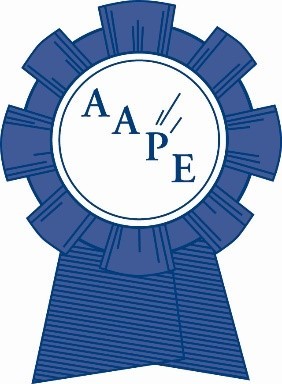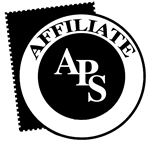AAPE Hennig Award- Criteria
|
AAPE Award For Excellence and Improvements in Philatelic Judging - The Bernard A. Hennig, Jr. Award by Eliot A. Landau and John M. Hotchner We all depend upon the quality and work of judges for help in improving our exhibits, and often, to serve as examples for new judges coming into the system. Until 2007, there was no mechanism for recognizing those judges who have done an outstanding job over a prolonged period showing sustained excellence in their judging skills (especially in helping exhibitors) and in innovating and improving the judging process. In 2007, the AAPE Board approved the creation of a new award to give that recognition. The award may be given yearly, for service as a philatelic judge, a literature judge, or for work in both disciplines, to a living judge who meets the criteria set out below. It may not be given to the same individual more than one time. If there are no suitable nominations in any given year, the award will not be given. The first time the award was given was in 2007, to a long-time judge of whom it can be said that he was a living legend: Bernard A. Hennig, Jr. of Chicago. It was unanimously decided by the Board that the award would henceforth be named in his honor. Nominations from AAPE members (especially from exhibitors and other judges) are always in order, and should be submitted using the form that follows. Nominations are referred to a committee composed of the most senior living recipient, and the last four living recipients. If a nominator is not familiar with the entire history of a judge but believes the judge has been exceptional, fill out the form as best you can, and the committee will add any factors that should be considered. Specific Criteria
Additional Considerations if the Nominee is credited with being the initiator of improvements in judging Nancy Clark and Tim Bartshe talking about the Hennig (11 minutes) |

